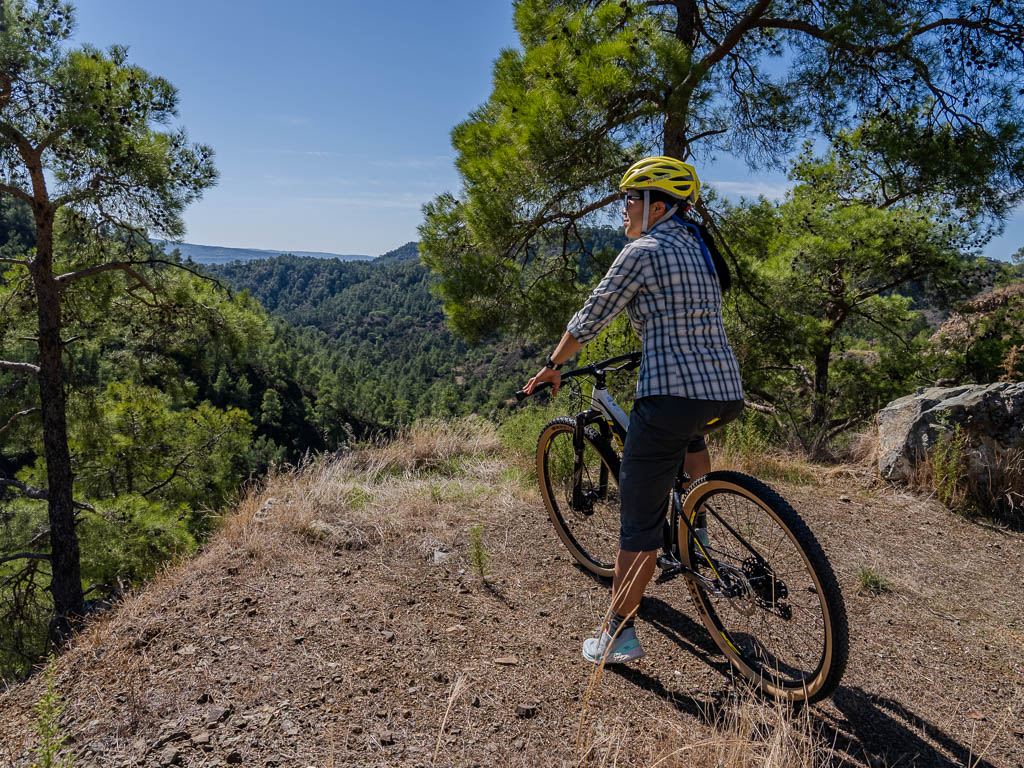The Essential Guide to Capturing Adventure Travel Photography
Adventure travel photography is an exhilarating field that requires skill, creativity, and a passion for the outdoors. Whether you’re capturing the serene beauty of a mountain landscape or the thrilling action of an extreme sport, the right techniques can make your photos stand out. At Birchbark Media, we specialize in creating stunning visual content that brings travel destinations to life. Here’s our essential guide to mastering adventure travel photography.
1. Plan Ahead: Research and Preparation
Scout Locations: Research your destination to identify the best spots for photography. Use online resources, maps, and travel guides to find scenic viewpoints, unique landscapes, and less-traveled paths.
Check Weather Conditions: Weather can significantly impact your photos. Use weather apps and websites to plan your shoots around favorable conditions.
Prepare Your Gear: Pack the right equipment, including a sturdy camera, versatile lenses, a tripod, extra batteries, and memory cards. Don’t forget weather-appropriate clothing and gear protection.
2. Master Camera Settings for Outdoor Conditions
Use Manual Mode: Control your exposure settings manually to adapt to changing light conditions in the outdoors.
Adjust ISO Sensibly: Keep ISO low for bright daylight shots and increase it in low-light conditions to reduce noise.
Optimize Aperture and Shutter Speed: Use a smaller aperture (higher f-stop) for landscapes to ensure a large depth of field. Adjust shutter speed based on the type of shot – faster speeds for action shots and slower speeds for capturing motion blur.

©Jordan Tourism Board North America
3. Composition Techniques for Captivating Shots
Rule of Thirds: Divide your frame into thirds both horizontally and vertically and place key elements along these lines or intersections to create balanced and engaging compositions.
Leading Lines: Use natural lines in the environment, such as trails, rivers, or mountain ridges, to guide the viewer’s eye through the image.
Foreground Interest: Include elements in the foreground to add depth and perspective to your photos, making them more immersive.
4. Capturing Action and Movement
Freeze Action: Use a fast shutter speed to freeze the action in dynamic scenes, such as rock climbing or white-water rafting.
Show Motion: Experiment with slower shutter speeds to capture the sense of movement in activities like biking or running. Panning can also be effective to keep the subject sharp while blurring the background.
5. Post-Processing Tips for Adventure Photos
Enhance Colours and Contrast: Use editing software to boost the colors and contrast of your images, making them more vibrant and appealing.
Correct Exposure: Adjust exposure settings to bring out details in both shadows and highlights.
Sharpen and Reduce Noise: Apply sharpening to enhance details and reduce noise, especially for high-ISO images.
Adventure travel photography is both challenging and rewarding. By planning ahead, mastering your camera settings, and using creative composition techniques, you can capture stunning images that tell a story and evoke the spirit of adventure. At Birchbark Media, we specialize in creating visual content that showcases the beauty and excitement of travel destinations. Contact us today to learn how we can help elevate your brand with captivating photography.

